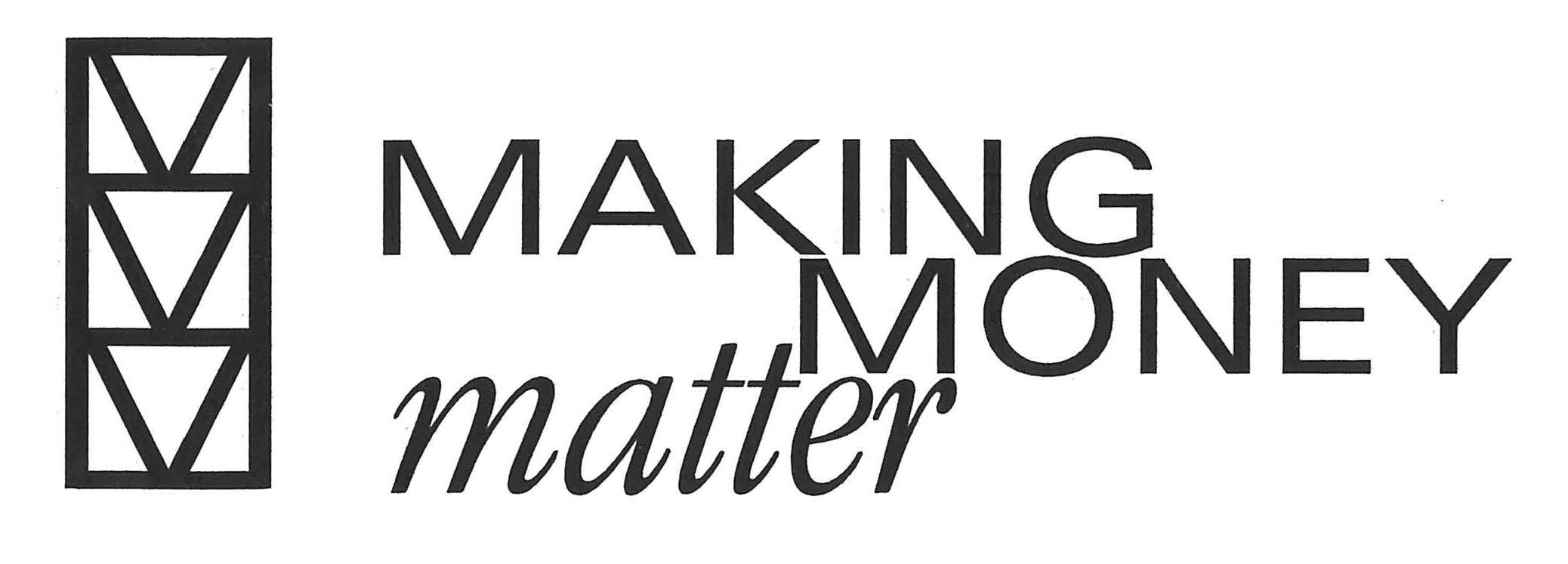For many years a family’s holiday trip to Mexico included a joint party to celebrate their two children’s late December birthdays. The kids took turns each year selecting their favorite piñata from the Princesses and Turtles and other exported characters at the Americanized party store.
The Mexican style food was always plentiful, provided by a local chef. Other children at the upscale complex would join in the festivities, attracted by the promise of candy treats falling as they took turns batting at the piñata blindfolded.
Over time, the children began to sense that outside the gates, real life was very different. They noticed old cobblestone streets in the village; they saw children in tattered clothes collecting plastic bottles in broken down carts; they would get a glimpse of where families lived and local alcove shops.
This year, they noted the stark contrast between the holiday gifts of hover boards that are all the rage and what they saw when they left the tourist area.
This year’s party was different.
This time, a discreet question, a taxi ride off the beaten track. A family of seven in two rooms, a few plastic chairs, sleeping mats, and a rickety table are visible. Under a thatched roof awning, odds and ends are for sale, mostly used goods. Among the offerings are three oddly shaped handmade paper mache orbs with attached cardboard cones barely covered with thin colored paper. The local children, barefoot, call for abuela (grandmother) to greet the gringos.
A birthday piñata is selected. A furtive glance and a teachable moment. The abuela and her family will have their own plentiful holiday dinner with gifts to go around.
On the news: a fugitive and his mother flee to Mexico, violating parole after murder charges. His widely ridiculed “affluenza” defense as a juvenile was that he didn’t know right from wrong because he grew up feeling entitled.
How easy it is for the level of expectation to rise for all of us, especially children. The more we have, the more we want. The higher the standard of living, the faster the acceleration of what is considered necessary to be happy.
Contrast that with the reality of inequality. Recall the adage, “the rich get richer.” Various song lyrics have added, “and the poor get poorer,” “and the poor have children'” or even “and the poor go to prison.”
Newest statistics indicate that income disparity is at its highest level in modern history. Globally the top 1% are said to have combined wealth that exceeds the wealth of the remaining 99%. While references to the middle class are fuzzy, the US Census Bureau reports that 2014 median household income was $53,657. At $112,000 annual income, a household is in the 20th percentile and $206,000 puts you in the top 5%.
Curious about Boulder County? In the Community Foundation Serving Boulder County Trends Report, median family income in 2013 was reported to be $92,667 and the poverty level for a family of four was $23,550. Foundation Board Chair Chris Hazlitt observed that “the poverty rate for families and children in our county is growing faster than the national rate, and nearly 40% of Latino children here are living in poverty.” He also stated that “inequality isn’t our only problem. Rising housing costs and a lack of affordable housing – especially in Boulder – are pricing out the working and middle classes”.
Some additional data points to ponder: 2 out of 272 children were eligible for free or reduced lunch at Flatirons Elementary school; 262 of 404 children were eligible at Columbine Elementary school in Boulder.
Income disparity is endemic. The new meme could be “wealthy communities are getting wealthier and the poor move elsewhere.”
Sadly, affluenza, though not a legal defense, is real. It starts with the idea that money can buy happiness and that life is about instant gratification. It is exacerbated through isolation. If there is little or no awareness of economic adversity, entitlement is reinforced. With lack of awareness comes narcissism.
Now that the giving “season” is over, consider a sustained commitment to understanding the community of which you are a part. Choose a sector: food, literacy, health disparity or other human services areas where volunteering or donations can make a difference.
If you are not sure how you can help, contact The Community Foundation or the Volunteer Connection. And don’t forget about teaching by example. Your kids and grandkids will thank you as they begin to understand just how well off they are.
Enid M. Ablowitz, CFRE, CSPG, is a veteran advancement professional, author and consultant who is dedicated to educating and guiding donors and non-profit organizations on the art and science of strategic philanthropy.
Originally published in the Boulder Daily Camera on March 7, 2016
‘Til next time — Give Well, Give for Good.


